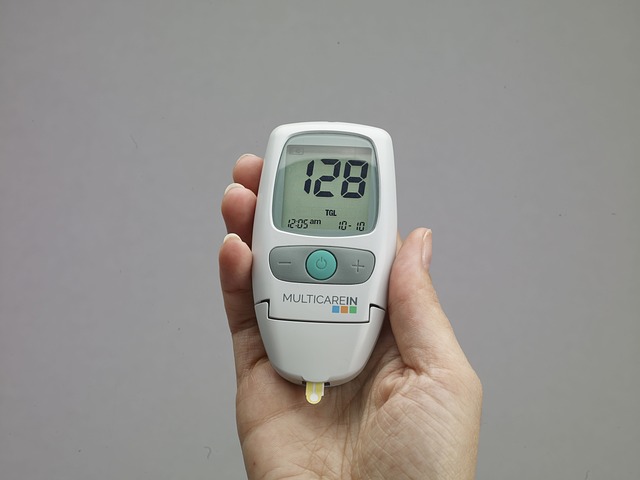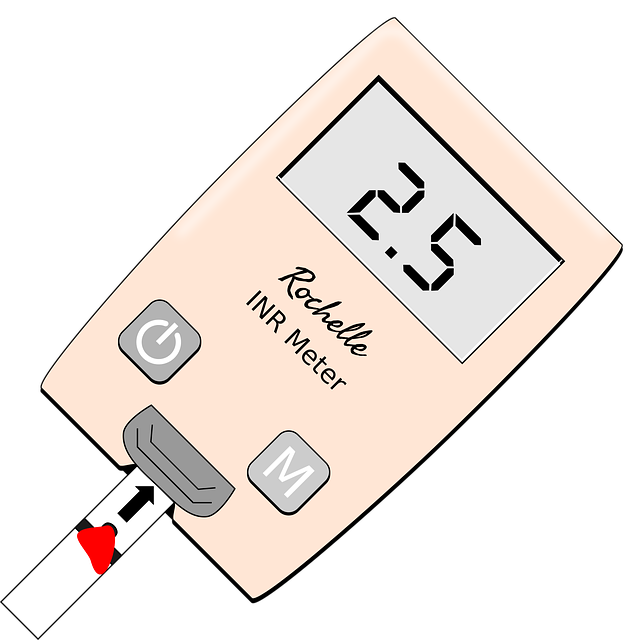The UK Standard Liver Blood Test is a pivotal diagnostic tool that includes ferritin measurement for evaluating iron status. Ferritin, a protein storing iron in the body, reflects iron reserves and can be influenced by inflammation or infection, necessitating careful analysis. This test is essential for early detection of iron deficiency or excessive iron storage conditions, offering insights into an individual's iron metabolism and liver health. Healthcare professionals use this information within a comprehensive approach to manage iron-related disorders, ensuring patients receive personalized care based on precise diagnostic data. Regular assessment of ferritin levels, considered within the context of age, sex, and other influencing factors, helps maintain optimal iron balance in the population, contributing to effective public health initiatives. Normal ferritin ranges vary between individuals; adult men typically have higher levels (30 to 400 µg/L), while women generally need higher levels to be within the normal range, which can fluctuate based on menstrual cycle status. Abnormal results should prompt medical consultation for appropriate diagnosis and treatment. Understanding ferritin levels post-test is key to assessing iron sufficiency or deficiency risks and informing necessary health interventions.
In the context of health monitoring, understanding iron deficiency through ferritin level testing has become a pivotal aspect of maintaining well-being in the UK. The UK Standard Liver Blood Test plays a crucial role in this process, offering insight into an individual’s iron stores via ferritin assessments. This article delves into the significance of ferritin as an indicator of iron status and guides readers through interpreting their test results within the UK population context. By exploring these topics, we aim to equip individuals with the knowledge needed to navigate their health with confidence.
- Understanding Iron Deficiency and the Role of Ferritin Levels in the UK
- The UK Standard Liver Blood Test: A Comprehensive Guide to Ferritin Level Assessment
- Interpreting Your Results: Normal Ferritin Levels and What They Indicate for Iron Deficiency in the UK Population
Understanding Iron Deficiency and the Role of Ferritin Levels in the UK

Iron deficiency remains a prevalent concern within the UK, with implications for overall health and well-being. The condition arises when the body lacks enough iron to produce haemoglobin, the protein in red blood cells that carries oxygen throughout the body. This can lead to anaemia and a host of related symptoms including fatigue, weakness, and cognitive dysfunction. A reliable indicator of iron stores in the body is through the measurement of ferritin levels. The UK Standard Liver Blood Test, which includes the assessment of ferritin, serves as a pivotal tool in diagnosing iron deficiency. Ferritin is a protein directly correlated with iron reserves within the body; thus, its levels can indicate whether iron deficiency is present. It’s important for individuals to understand that ferritin is an acute phase reactant, which means its levels can be influenced by inflammation or infection, necessitating a contextual interpretation of results. Healthcare professionals in the UK utilise this test as part of a comprehensive approach to manage iron-related disorders, ensuring patients receive appropriate treatment and care based on accurate diagnostic information. The test’s inclusion in routine health assessments underscores its importance in early detection and intervention for iron deficiency, contributing to public health strategies aimed at maintaining optimal iron status in the population.
The UK Standard Liver Blood Test: A Comprehensive Guide to Ferritin Level Assessment

The UK Standard Liver Blood Test plays a pivotal role in the assessment of ferritin levels as an indicator of iron deficiency or iron overload conditions. Ferritin, a protein that stores iron in the body, is a key biomarker for evaluating iron status. When a healthcare provider suspects iron-related disorders, this test is often the first step in diagnosis and management. It’s crucial for individuals to understand that ferritin levels can be influenced by various factors, including inflammation and liver health, making it a multifaceted measure. The UK Standard Liver Blood Test encompasses not only the measurement of ferritin but also other parameters such as liver function tests, which together provide a holistic view of an individual’s iron metabolism and hepatic function. This comprehensive approach ensures that any abnormal results can be contextualized within the broader scope of an individual’s health, allowing for accurate interpretation and targeted treatment plans. Healthcare professionals in the UK follow strict guidelines to ensure that this test is conducted correctly, yielding reliable results that are essential for early detection and intervention of iron-related conditions, thereby promoting better patient outcomes. Understanding the nuances of ferritin levels through the lens of the UK Standard Liver Blood Test is indispensable for both medical practitioners and patients alike in managing iron-related health concerns effectively.
Interpreting Your Results: Normal Ferritin Levels and What They Indicate for Iron Deficiency in the UK Population

Understanding your ferritin levels through a UK Standard Liver Blood Test is pivotal for assessing iron status in the body, particularly within the UK population. Ferritin serves as an indicator of iron stores; it’s a protein that iron forms within the body, acting as its reserve. The normal range for ferritin can vary depending on age and sex, but generally, adult males have higher levels compared to adult females due to women losing iron monthly through menstruation. For men, a ferritin level between 30 to 400 micrograms per litre (µg/L) is typically considered normal. Women, on the other hand, are often deemed within a normal range at levels above 15 µg/L, but this can be influenced by menstrual status and other individual factors.
If your ferritin level falls within these parameters following a UK Standard Liver Blood Test, it suggests that your iron stores are likely adequate for your needs. However, if the results indicate levels below these ranges, it could point towards iron deficiency or an increased risk of developing anaemia, conditions that can affect energy levels and overall well-being. Conversely, elevated ferritin levels may suggest excess iron storage, which is a concern as it can lead to conditions like haemochromatosis. It’s important for individuals to discuss their specific ferritin results with a healthcare provider, who can interpret the findings in the context of other clinical assessments and provide personalized guidance on dietary adjustments or supplementation if necessary.
In conclusion, iron deficiency remains a significant health concern within the UK population. A reliable indicator of iron stores is crucial for accurate diagnosis and treatment. The UK Standard Liver Blood Test, which includes ferritin level assessment, serves as an essential tool in this regard. By understanding normal ferritin levels and their implications for iron deficiency, healthcare professionals can effectively determine the underlying causes and recommend appropriate interventions. This comprehensive guide to ferritin level testing not only aids in early detection but also contributes to improved health outcomes for individuals in the UK. It is imperative for those experiencing symptoms of iron deficiency to consult their healthcare provider for the UK Standard Liver Blood Test, ensuring timely and informed management of this common condition.
